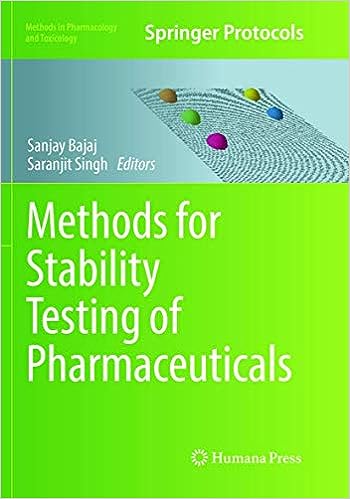Summary: ASEAN Guideline on Stability Study of Drug Products
The ASEAN Guideline on Stability Study of Drug Products offers comprehensive recommendations for assessing the stability of pharmaceutical products across the ASEAN region. These guidelines are critical in ensuring that drug products maintain their quality, safety, and efficacy throughout their shelf-life. The ASEAN guideline aims to harmonize stability testing practices, support regulatory submissions, and ultimately safeguard patient health by ensuring consistent product quality.
Background and Objectives:
The primary objective of the ASEAN Guideline on Stability Study of Drug Products is to provide a unified approach to stability testing across the member states. The guideline
Key Elements of the Guideline:
The ASEAN Guideline covers several key aspects related to stability studies:
Stability Study Design:
The guideline emphasizes the importance of a scientifically robust study design. This includes testing products under conditions that mimic real-world storage scenarios, such as temperature, humidity, and light exposure. A well-designed study ensures that the stability data generated are relevant and meaningful.
Sample Selection:
Stability studies should include samples that accurately represent the entire batch, encompassing different strengths, dosage forms, and packaging materials. Proper sampling procedures ensure that the stability data obtained are representative and valid.
Study Duration:
The guideline recommends study durations aligned with the intended shelf-life of the product. Long-term, accelerated, and intermediate studies are typically conducted to assess how products behave over different timeframes and conditions.
Analytical Methods:
Stability studies require validated stability-indicating analytical methods. These methods should accurately detect changes in the product’s quality characteristics over time. Validated methods ensure that the stability data generated are reliable and meaningful.
Data Analysis and Interpretation:
Stability data should be analyzed using sound statistical methods to identify trends, degradation patterns, and any changes in the product’s attributes. The results guide decisions regarding shelf-life determination and storage conditions.
Labeling Implications:
The stability data obtained from studies may influence product labeling. The guideline emphasizes the importance of providing accurate storage instructions on product labels to guide proper storage and usage, maintaining the product’s quality and efficacy.
Regulatory Considerations:
Stability data are crucial for regulatory submissions and approvals. The data demonstrate that the product remains safe and effective throughout its intended shelf-life and storage conditions, supporting its registration and market authorization.
Benefits and Impact:
The ASEAN Guideline on Stability Study of Drug Products offers significant benefits to both pharmaceutical manufacturers and regulatory authorities. Manufacturers can ensure that their products meet quality standards, leading to patient safety and trust. Regulatory agencies can use the data to assess product quality and efficacy, enhancing the overall regulatory process and promoting public health.
Conclusion:
The ASEAN Guideline on Stability Study of Drug Products contributes to consistent product quality across member states. By adhering to these guidelines, manufacturers ensure that their products remain stable and effective over their intended shelf-life, benefiting patients, healthcare systems, and regulatory harmonization across the ASEAN region.
